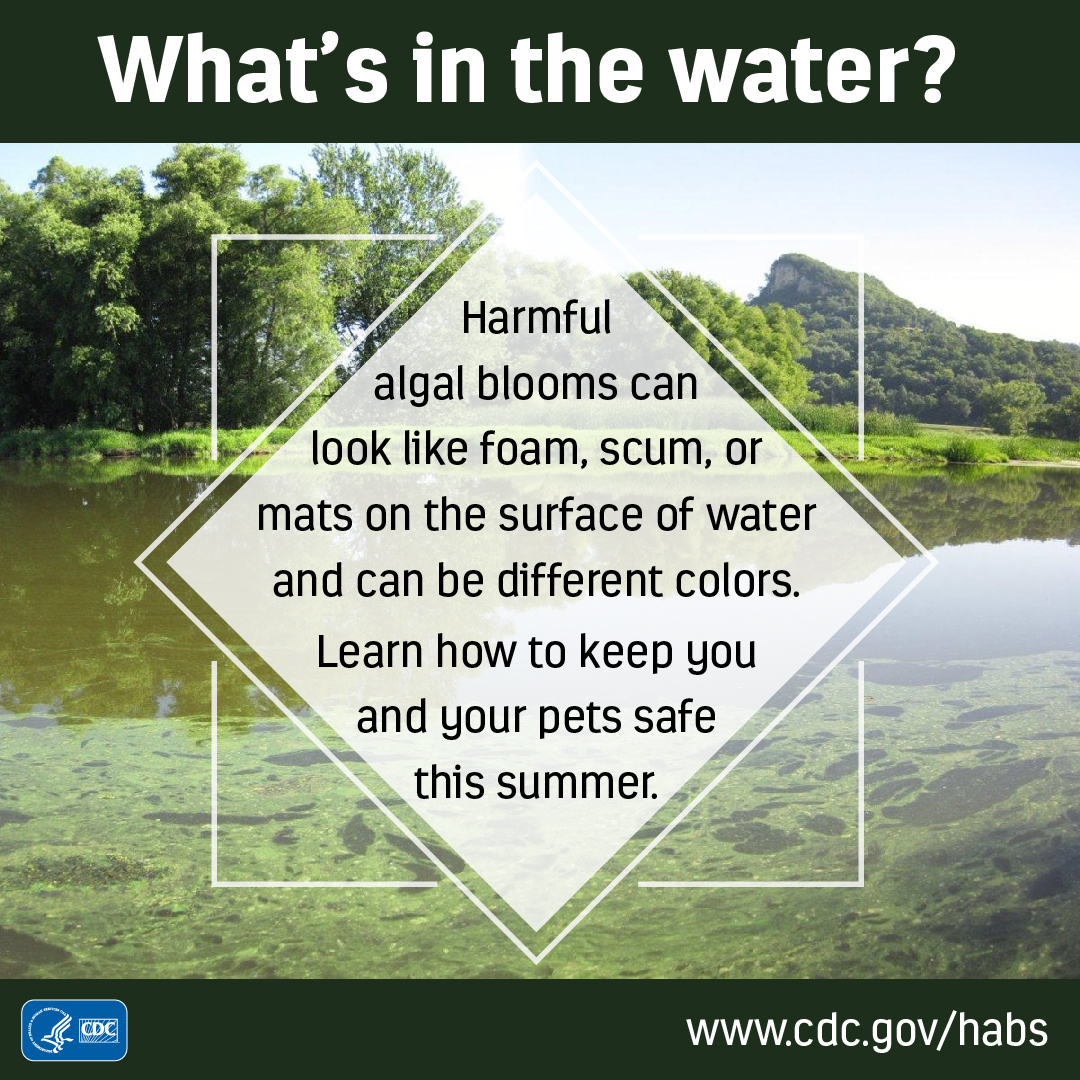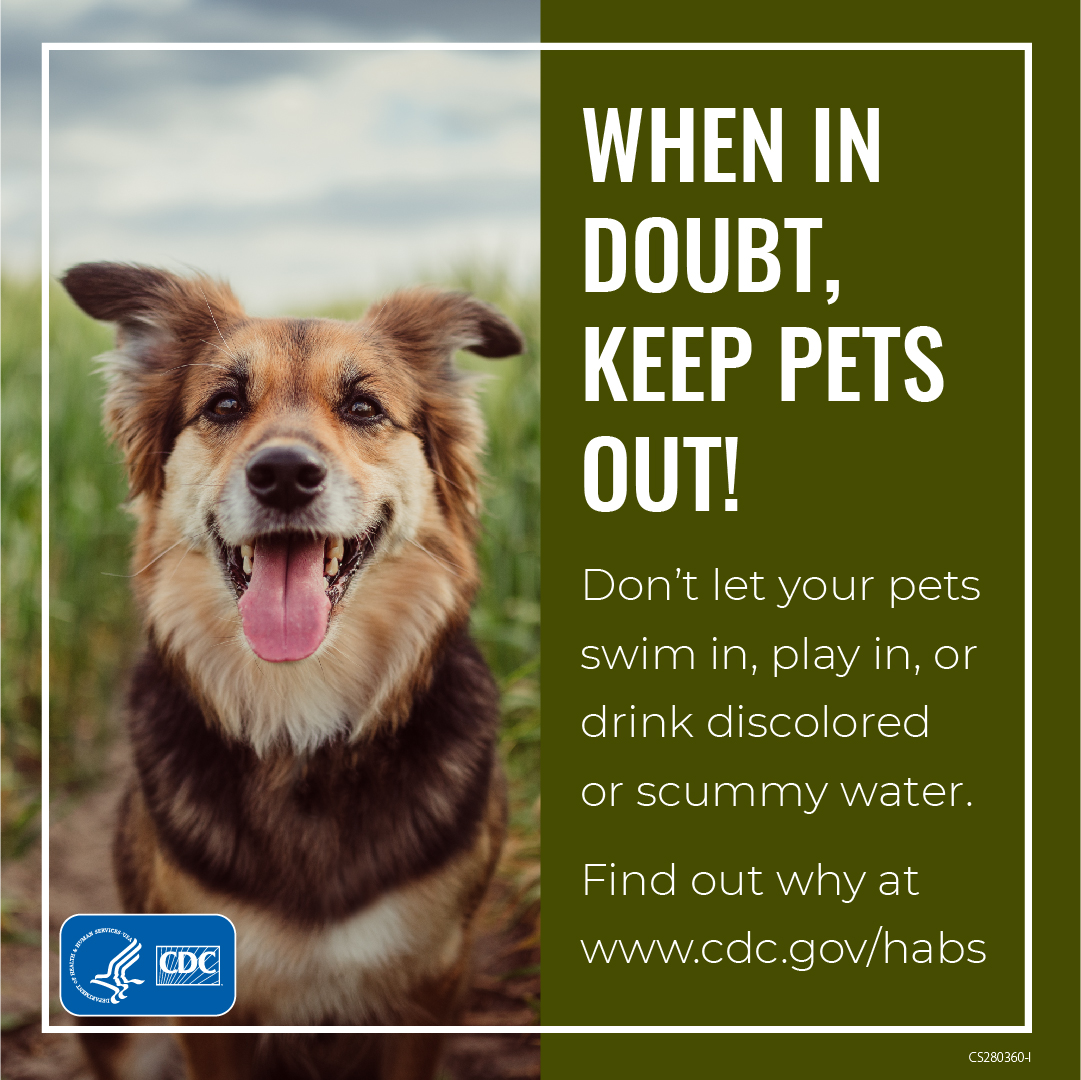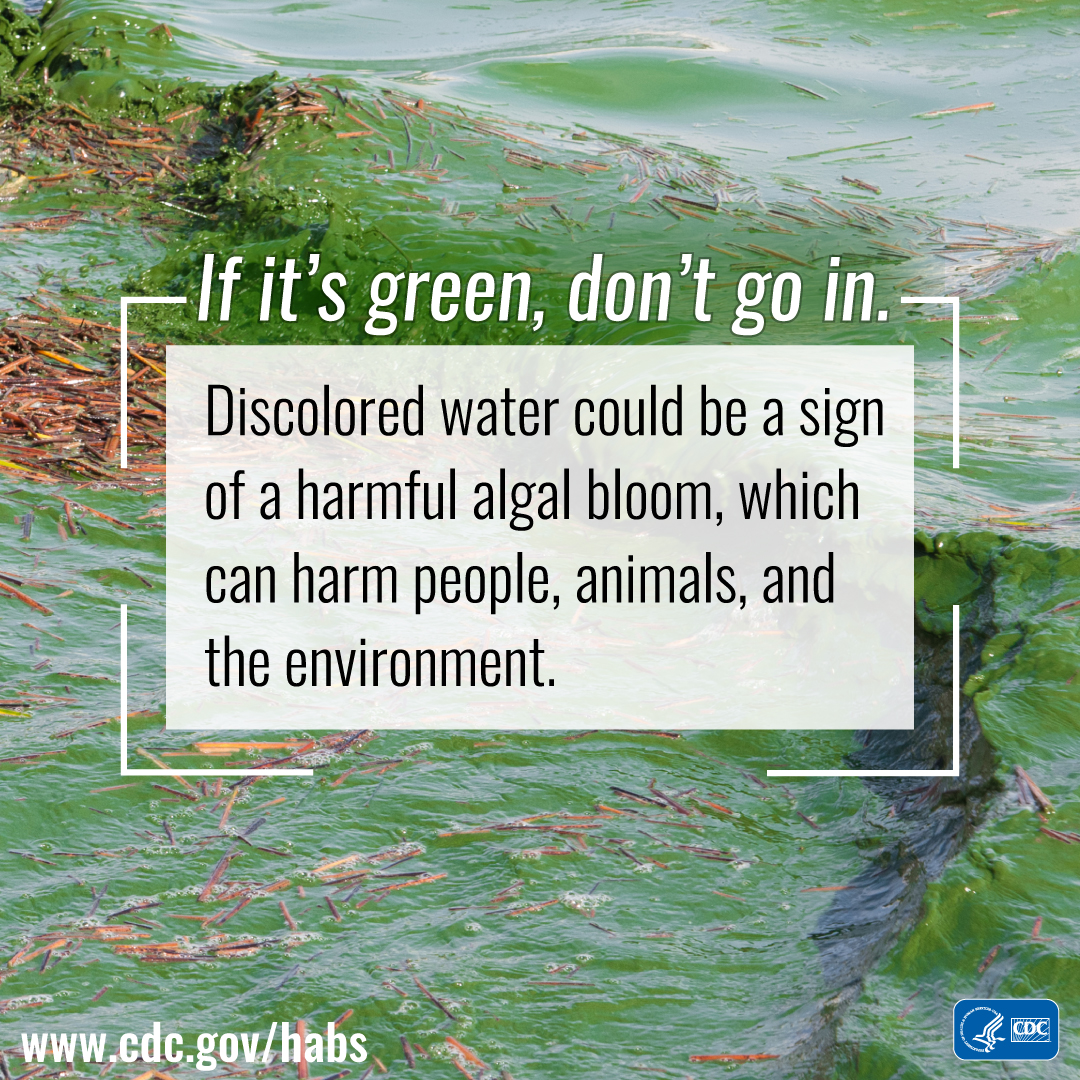
Cyanobacteria Monitoring on Cape Cod



Cyanobacteria on Cape Cod — What’s the Problem?
Lately, there’s been quite a bit of discussion about cyanobacteria (also called blue-green algae or Harmful Algae Blooms) in Cape Cod’s ponds, leading some to wonder whether it’s safe for people and/or their pets to swim. The term “pollution” has popped up on social media forums as well as in local news media, generating the impression that the region’s water bodies are tainted and therefore unsafe for humans and animals. This perception is not entirely unfounded, nor is it 100% accurate. It’s…complicated.
Local public health officials recognize that cyanobacteria is an area of concern for residents and visitors alike, and have been meeting regularly to determine a proactive multi-agency approach for dealing with this complex issue, which requires attention from both a public health and environmental standpoint.
To learn more about cyanobacteria and potential strategies to address it, choose from the list of topics below.
Cyanobacteria is not pollution, per se. It’s a natural phenomenon that can occur in healthy ecosystems. Typically however, its potential for overgrowth is kept in check by a balance of several different factors, one of which is nutrient availability. All animals and plants require nutrients to grow and thrive, but if an external force makes nutrients either scarce or overabundant–the balance is disrupted and things can start to go wrong. Here on Cape Cod, human activities–from fertilization to faulty septic systems–have introduced an overabundance of nutrients into the environment, which leads to an ecologically unhealthy condition called eutrophication (the process by which a water body becomes enriched in dissolved nutrients such as phosphates and nitrogen). The greater the nutrient availability, the more fuel for cyanobacteria (and other undesirable plant life) to grow and thrive. Global warming also plays a key role with warmer pond temperatures favoring cyanobacteria.
Terminology is Key
When discussing cyanobacteria, we often hear the term used interchangeably with harmful algae blooms (HABs) and toxic algae. There is, however, an important distinction to make: not all cyanobacteria is toxin producing. So while an overgrowth of cyanobacteria may have some aesthetic impact on a particular water body or even environmental implications, it may not be harmful to people and their pets. That said, a visual assessment alone is not enough to make a determination between toxic and non-toxic, so further analysis is required. And if you don’t know either way, it’s always best to conclude the following: WHEN IN DOUBT, STAY OUT.
From the 2022 MA DPH Guidance for Cyanobacteria in Recreational Waters: “Cyanobacteria and their associated cyanotoxins pose a risk to human and animal health. Cyanotoxins are of primary concern due to the potential for causing serious health effects. Because there are over 100 types of cyanotoxins, testing for them all is not possible or practical. Therefore, the health protective approach is to assume that cyanotoxins are present in any algae bloom.”
There are two disciplines interested in developing a strategy for dealing with cyanobacteria blooms in our region. Public health officials and environmental groups. There is a economical factor as well; algae-filled water bodies are not ideal for homeowners, home buyers and visitors who seek enjoyment of the region’s natural resources. Because Barnstable County is a public health entity that supports the local boards of health in every one of Cape Cod’s 15 towns, our focus is the primary directive of public health: to promote and protect the health of our communities. At the same time, we are working alongside our colleagues in the environmental field to support their mission to protect our sensitive ecosystem, the health of which is closely tied to the well-being of our local economy.
It’s important to understand that remediation–the act of reducing or solving environmental damage–differs distinctly from prevention–the act of stopping something from happening. Public health officials are interested in preventing injury or harm from known health hazards, while environmental officials are interested in remediating or reducing impact to our sensitive ecosystem. While the two approaches can be different, both have equal stake in bringing awareness to the public.
Barnstable County has partnered with the Association to Preserve Cape Cod (APCC), a local non-profit environmental organization, to proactively monitor Cape Cod’s ponds for cyanobacteria and, more specifically, the toxins they sometimes produce. With the assistance of Barnstable County’s seasonal beach monitoring staff, APCC will collect pond water samples and use a predictive methodology called CyanoCasting. While this method provides useful information regarding cyanobacteria presence and abundance, it does not provide data regarding the existence or quantity of harmful toxins.
If APCC’s team, through the use of the above-described CyanoCasting method, determines that additional confirmatory toxin testing is warranted, the Barnstable County Water Quality Lab will then perform toxin analysis via Environmental Protection Agency (EPA) Approved Method 546 for Surface Water Sampling. If toxins are found to be present in an amount considered to be harmful to humans and pets, an advisory will be issued by the local board of health to make the public aware that swimming could pose a risk of illness. For more specifics regarding the particulars of the monitoring program, please visit APCC’s cyanobacteria monitoring web page.
It is important to note that currently, no regulatory framework exists for the collection and analysis of cyanobacteria. The Massachusetts Department of Public Health provides guidelines and recommendations, both of which APCC and the Barnstable County Water Quality lab adhere to, but there is no regulation or law that mandates these monitoring efforts. This is unlike Barnstable County’s existing Bathing Beach Monitoring Program, which was established in 2002 to help Cape Cod’s communities comply with Massachusetts Bathing Beach Regulations 105 CMR 445.00, that require the weekly monitoring of fecal bacteria levels in marine and fresh recreational waters. Any cyanobacteria monitoring strategies including site selection, sampling frequency, etc., that are conducted in accordance with the collaborative agreement between APCC and Barnstable County, are solely at the discretion of the two organizations and contributing local boards of health.



